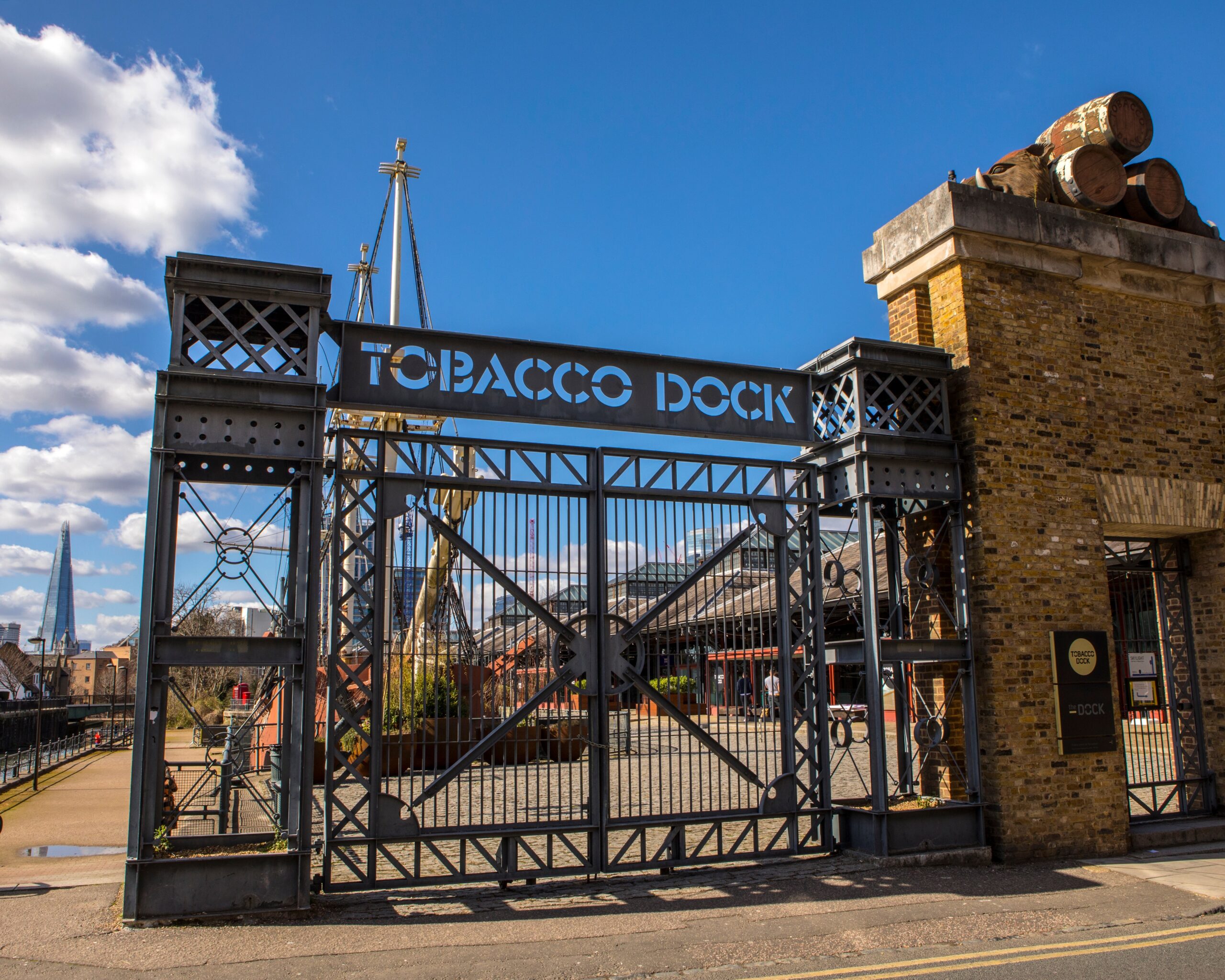A little over 30 years has seen Canary Wharf transformed from an industrial east London wasteland left to rot after the closure of the docks, to one of the world’s leading financial centres, home to the European operations of many top banks and other business institutions.
This hub of glass-and-metal towers rose five miles east of central London at the edge of the Thames, built for business, not family life: frenetic from the early hours but with lights out at night, and hauntingly quiet at weekends. However, a recent policy change has brought new family homes.
Much of the development in Canary Wharf started in the late 1980s once the busy port closed. This means few old builds exist; this is a modern hub of London after all
Property consists mainly of apartments, with some penthouses and riverside developments boasting views across the Capital. A mix of modern townhouses, a few surviving Victorian terraced houses, Edwardian cottage estate type houses, and former council flats provide a range of alternative choices, too.
Canary Wharf’s shopping centres and the restaurants in Crossrail Place — the stunning Foster + Partners-designed development above the new station for the east-west London link — buzz with families out enjoying themselves, while watersports and a growing social scene are on the doorstep.
Mudchute offers an excellent activity for children and adults alike. The farm has a host of animals that you can feed and the park is an oasis of calm just moments from the businesses in Canary Wharf. You can also book horse riding lessons at the stables, admire the allotments or enjoy a freshly cooked breakfast at the farm kitchen.
Hopefully, it won’t be too long until the Elizabeth line will stop at the recently developed Crossrail Place – a massive floating train station that looks like it was plucked right out of a sci-fi film.
But it’s more than just a station. You’ll find the perfect escape at the Crossrail Place Gardens, designed by the famous British architects Foster + Partners. This four-floored development is also home to Giant Robot, a seven-days-a-week rooftop food arcade from the team that brought Dinerama to Shoreditch.
Here, you’ll find countless street food stalls, bars and a long terrace overlooking the water and surrounding cityscape. But that’s not where the foodie options begin and end. Canary Wharf has built up quite the collection of casual and fine dining spots, and there are plenty of bars and pubs around for after work and weekend drinking.
Although, it is unfortunate to note that most of these dining destinations only come in the form of established businesses setting up Canary Wharf locations – Canary Wharf developers don’t quite like small businesses which have their own special charm and unique character. For the area to become a proper residential hub, more small businesses will need to get access.
Canary Wharf is serviced by a whole host of transport links. The DLR and Jubilee line get most of the workers in and out of the area each day, but the arrival of the Elizabeth line will see even more people flocking in.
You can reach the West End in just sixteen minutes by Jubilee Line tube. Alternatively, hop on a DLR train at Canary Wharf or Heron Quays stations. The opening of a new Crossrail station promises to make Canary Wharf transport links even more efficient: improving connections to the City of London, the West End and Heathrow


